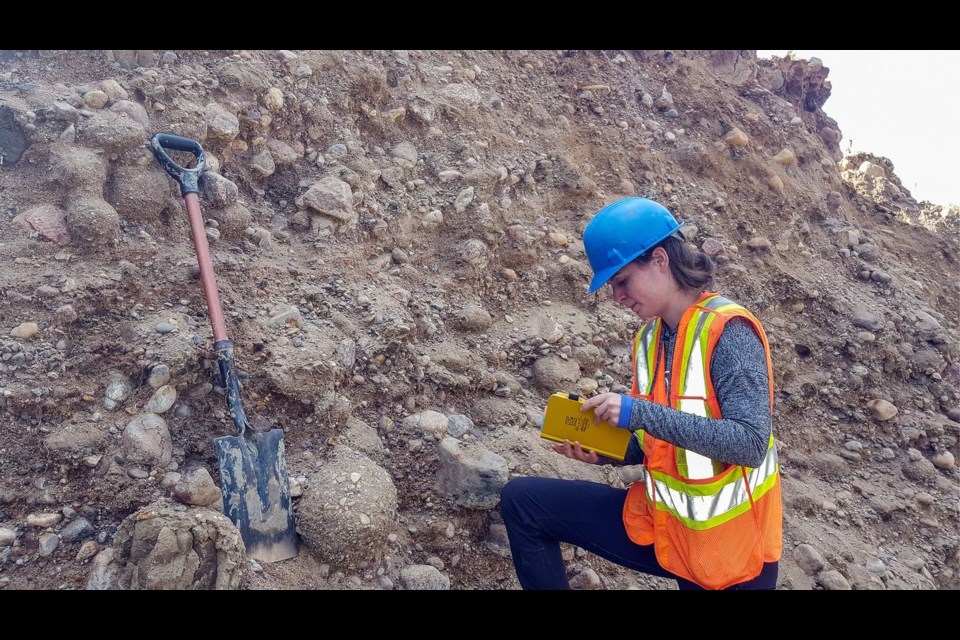The epic flooding, says a researcher at the University of Alberta, is one of the largest of its kind in the planet’s history. Sophie Norris, who led the team as a U of A Faculty of Science PhD student, says the flood from melting glaciers could have altered the circulation of the world’s oceans. This would have caused temperatures to drop and ushered in an ice age.
“What’s really interesting and important about this lake is that as it drained, it occurred at the same time as we were going into a sort of warm period more like the climate conditions that we have today,” said Norris in an interview.
The flood waters drained from an ancient glacial lake called Agazzis, which formed nearly 16,000 years ago. At 1.5-million square kilometres, the lake was roughly the size of Mongolia and larger than any lake that exists today. It stretched across Saskatchewan and Manitoba and crossed into northeastern Alberta, including what is now the Fort McMurray Wood Buffalo area.
The glacier melted fast enough to fill 800 Olympic swimming pools every second and gave way to enough water to fill the Great Lakes.
The floodwaters flowed northwest through a channel referred to as the Clearwater-Athabasca Spillway, which passed through Fort McMurray, and into the MacKenzie River Basin. The rushing waters did not stop until it reached the Arctic Ocean.
The flood corresponds with a period called the Younger Dryas. The northern hemisphere was coming out of an ice age but suddenly returned to near-glacial conditions. Norris and other researchers are planning more studies to understand the flood’s relationship to the Younger Dryas.
“The [flood] that goes through the Fort McMurray area is one of the leading culprits for [rapid climate change],” said Duane Froese, Canada Research Chair in Northern Environmental Change and Norris’ PhD supervisor at the University of Alberta, in an interview. “But up until now we never had a really good estimate of exactly how much water went through and what the source of that water was.”
The flooding in the Clearwater Valley was enough to cover houses, while geographically the terrain at the time was at the level of the Fort McMurray International Airport. As the flood waters flowed north, gravel deposits were left in its wake.
“One of the things that’s really cool is just how much construction and development around the Fort McMurray area intercepts these flood deposits,” said Froese.
“From building basements and housing developments through mining and the oilsands developments themselves.”





